Do You Have Employee Development Plans for Your Employees?
By Michael J Griffin
5 minute read
Part of your role as a leader and manager is to “lift the lid” of each your subordinates so they may individually be more motivated and productive in 2024. Let me ask you:
Did you have an Employee Development Plan for each of your subordinates in 2023? How well did you proactively follow up and monitor each employee’s growth? How would you rate yourself as a leader who nurtures the growth of your team members in 2023?
Creating an employee development plan is a crucial part of nurturing the skills and capabilities of your people, which can lead to improved performance, job satisfaction, motivation and loyalty. Here's a step-by-step guide on how to create an effective employee development plan. Use it to create an Employee Development Plan document, or just as a checklist to make sure you and your employee “cover all the bases” when discussing how to “lift their lid” in 2024. This is your role as a leader- don’t delegate this job to your HR department!
Assess Individual Needs and Goals in Line with Individual Job Specs, KPI’s and Goals in 2023. Begin by conducting a comprehensive assessment of each employee's skills, strengths, weaknesses, and career aspirations and how well these are aligned to their job description, KPI’s and goals in 2023. This activity is not a performance review but focuses on what might the employee need to learn and grow for a more successful 2024. You can use performance reviews, self-assessments, and feedback from peers and supervisors but only for the purpose of creating a development plan to grow the employee.
Set Clear Objectives Across Knowledge, Skill, Competence and Process with the Vision for 2024. You may want to begin this activity with an overview of how the employee’s job, goals and KPI’s will change for 2024. Don’t forget to discuss both the internal and external changes that may affect your organization in 2024. Work with each employee to define specific, measurable, achievable, relevant, and time-bound (SMART) development goals. Ensure that the objectives align with the employee's career goals and the organization's needs.
Identify Development Opportunities. Once the 2024 corporate and individual visions for development and growth are aligned, determine what resources, opportunities, and support will be required to help the employee achieve their personal development goals. This could include self-directed learning, training workshops/seminars, certifications, coaching or mentorship, job rotation, or on-the-job learning.
Create and Document an Individualized Development Plan. Collaborate with the employee to outline a personalized development plan. This plan should include SMART goals:
Specific learning activities or experiences.
A timeline for achieving each development milestone.
The responsible parties for coaching and monitoring the learning and development (e.g., the employee, manager, HR, or a mentor).
Metrics and time line for assessing the employee’s learning progress. These development goals should be agreed and documented.
Involve HR in this process to gain their insight and experience.
Allocate Sufficient Resources. Ensure that necessary resources, such as budget, time, and access to learning materials or mentors, are allocated to support the development plan. Make sure you do not over promise here. Ensure the funds, resources and time are available to give the employee “flex and margin” to learn and achieve their learning goals.
Regular Check-Ins. Schedule regular meetings between the employee and their manager to discuss progress, address challenges, and adjust the plan as needed. Continuous feedback is crucial. I usually have monthly learning goals for my team, but a quarterly assessment discussion may work better in your organization.
Encourage Self-Reflection. Encourage employees to take an active role in their development. Encourage them to reflect on what they've learned and how it applies to their role. This personal self-reflection should include what s/he has learned, how it has changed them, what were their struggles in learning, and what advice might they give you or your organization on how the learning assignment can or cannot be employed in the future.
Monitor and Evaluate Progress. Continuously assess the employee's progress toward their development goals. Measure results against the established metrics. Remember in Point 4 you and the employee have agreed on an SMART learning and development plan. Discuss with the employee how well they are meeting the monthly or quarterly learning goals and give appropriate recognition/affirmation and constructive feedback.
Adjust and Adapt the Learning and Development Goals. If necessary, modify the development plan based on changing circumstances, emerging opportunities, or revised career goals.
Document the Plan and Progress. Keep detailed records of the development plan, including goals, activities, progress, and outcomes. This documentation will be valuable for performance reviews and future planning.
Repeat the Process every 4th Quarter. Employee development is an ongoing process. After achieving one year of development goals, start the process again by identifying new areas for growth and development going back to Step One!
Remember that employee development plans should be tailored to each individual's needs and the organization's goals. By investing in your employee's professional growth, you can foster a more skilled, engaged, and motivated workforce. Here is an example of a simple but effective employee development plan:
Employee: Johanna Smith
Current role: Software engineer
Career goal: To be promoted to senior software engineer within two years
Johanna’s Personal Development Goals for 2024
Develop expertise in cloud computing (within six months)
Gain experience in leading and coaching her team of three engineers (within one year)
Deliver a presentation at the company's annual engineering conference in December 2024
Development Plan:
Take an online course on cloud computing that leads to certification
Shadow the senior software engineer who leads the cloud computing team
Participate in a Coaching for Results workshop and have a three-month reinforcement plan to practice coaching skills
Volunteer to coach a junior intern software engineer
Coach your team of three engineers
Take a public speaking and presentation skills course
Submit a proposal to speak at the company's annual engineering conference on cloud computing
Timeline:
Develop expertise in cloud computing: six months with certification
Make quarterly presentations to internal team on cloud computing
Gain experience in leading and coaching other engineers: one year
Deliver a cloud presentation at the company's annual engineering conference in December 2024
Your manager meets with you monthly between the 5th and 8th of month for a learning and development discussion and evaluation
Resources:
Online course on cloud computing – budget $500.00
Coaching course – budget $1,200
Public Speaking course – budget $1,200
Monthly mentorship from senior software engineer
Volunteer opportunities to coach junior software engineers or interns
Attend National Annual engineering conference – fee paid by company
This is just one example of an employee development plan. Now begin to create a custom plan format and set up your meetings with your subordinates to discuss and develop their Employee Development Plans for 2024.
Employee development plans are beneficial for both employees and employers. Employees benefit from having a clear plan for their career development, and employers benefit from having a workforce of skilled and motivated employees. Be a leader/manager that leaves a legacy of nurturing your employees to “lift their lids” for their career success!
Michael J Griffin
CEO and Founder of ELAvate
A Legacy Servant Leader!

